

Skyscrapers, Dragons, Ferns, Oh My!
Welcome to another adventure from the Thousand Acre Woods deep within Trollheim of the NJ Pine Belt! Tales Chronicled by Jonathan Hulton...That is me!
So Bjorn is a bit of a shapeshifter. When he leaves Trollheim on the other side of the Disappearing Pond, he enters our reality, where he is not as fluid. He retains his horns, but he keeps his stature to the size of a tall human. A resemblance that is more comfortable for most. The majority of people don't see what they can't understand and ignore his horns, even though they are quite large. Neverless, he tends to hide his tail. Since it waves a bit when excited, his horns can spin or droop, which express different emotions. Gramps just droop now… In Trollheim, he is more cartoonish. When you first enter his home, it is like walking into a giant cavern. Soon he shrinks its proportions down so I can sit in his chairs, or does he make me larger? Though last time I went there, the table shrank and it landed on Bosco the bear. Nattrolls keep bears like we keep cats and dogs; cats enter his house through cat holes like mice do for us. He used to have a real cat problem. That is a story for another time.
So shapeshifting leaves the average person nebulous with them. Reality is uncertain, so we tend to distrust what they say. Their reality is...fluid. So this story below is one he told me soon after I met him. Then I made the mistake of often second-guessing his fabulous tales, but I learned those with tails have the best tales.
"So, Bjorn, how old are you really?"I , Christopher Jonathan Hulton, asked as I passed the s'more to him.
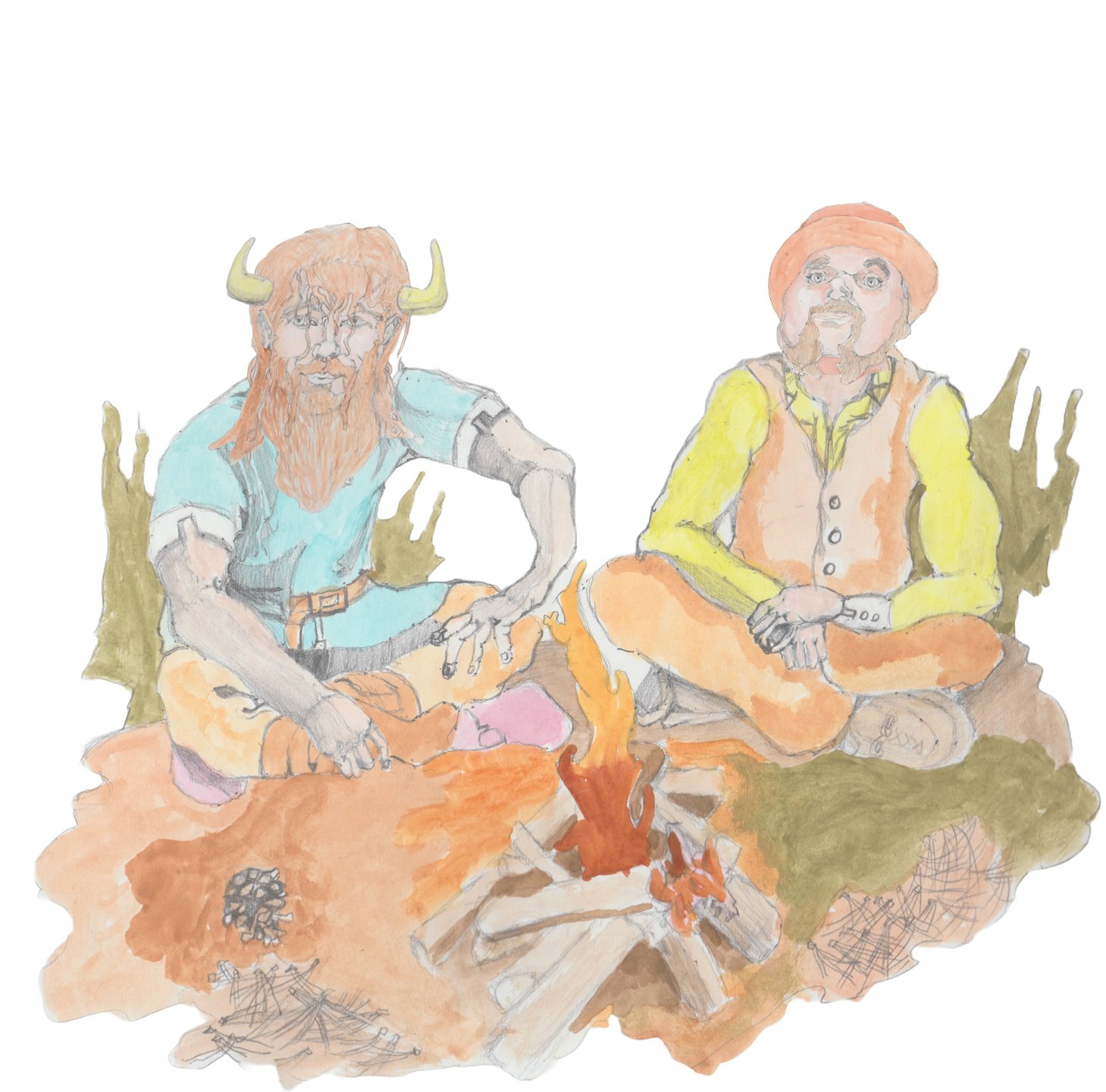
"Well, I was friends with a few of those recently found skeletons in the Neander Valley; I think some still owe me a few mammoth teeth from our last crap game."
"Mammoth teeth? Craps?"
"Owe, I'm kidding. It was actually a few hundred pounds of quartz."
"Quartz?"
"Yes, we used it to create electricity from the sun and used silicone to transmit it. Haven't you walked on the sugar sand in the summer barefoot and burned yourself?"

"Yes."
"The quartz in the sand collected the power of the sun and amplified as the silicone transmitted across the road to other small pieces of quartz. Electricity. Wait till you guys get to the portable telephony."
"I have heard a little bit about electricity, Benjamin Franklin and his kite, and all—"
"Oh, old Ben, he used to stop at the tavern Peggy inherited and the one by Cedar Bridge." Bjorn continued as he slipped into a tangent, "Gast is still furious at him—for fabricating all those tales about him just to sell more almanacs. He stopped his carriage once and tried to dispel the many misconceptions he was spreading. Leeds Devil...He looks nothing like a Wyvern."
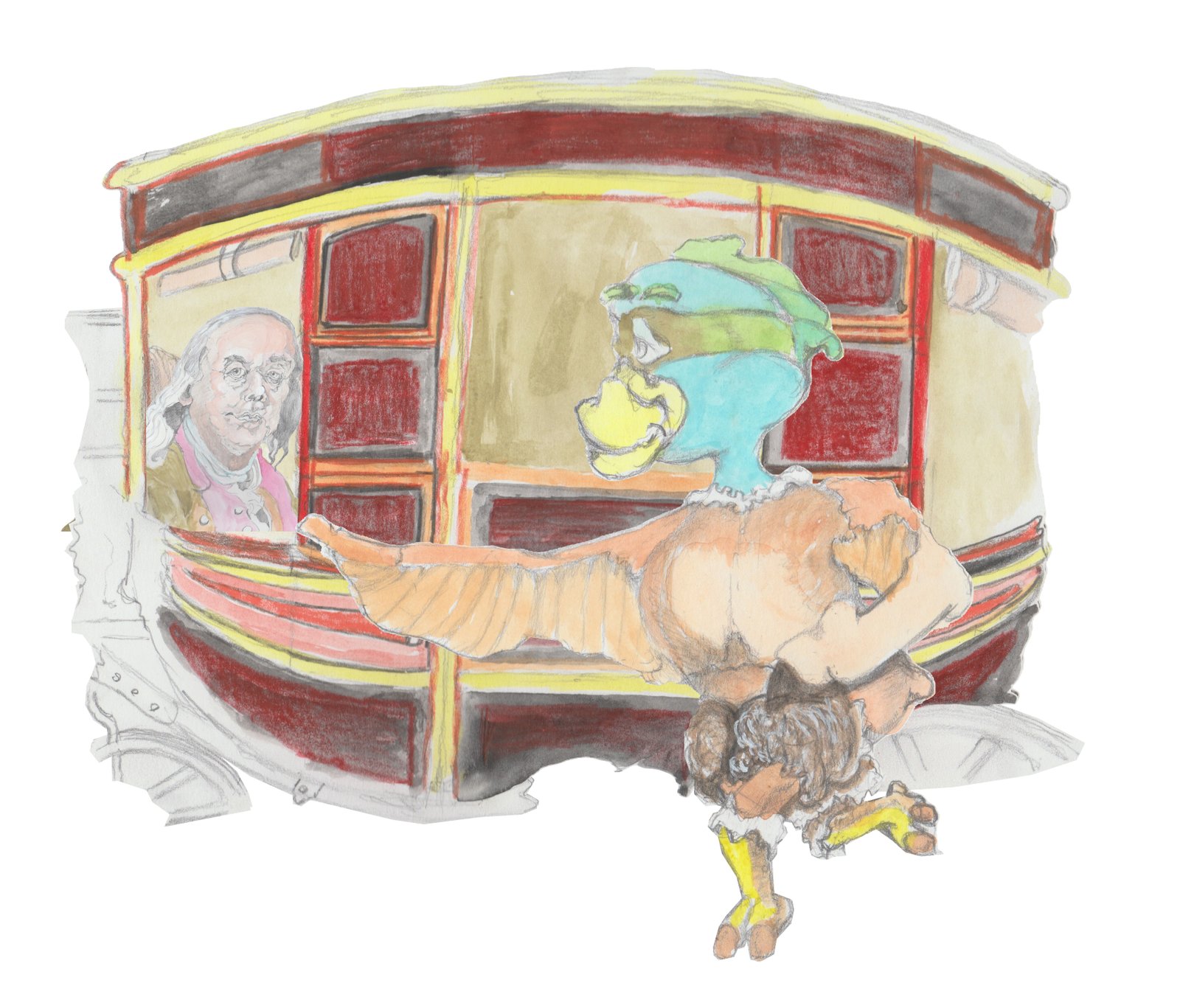
"What?"
"Oh yes—electricity." Bjorn rejoined his previous thought, "We will get back to dragons later."

"Dragons?"
"Yes, I'll get to them."
"They were real?"

"Yes, those chaps from Neander learned stories about them that were tens of thousands of years old that arose from these smaller chappys that came out of southern Africa."
"I got to admit, you are losing me a bit..."
"You think you Homo Sapiens Sapiens created civilization? It was something discovered and tossed to the side several times already through time."
"Tossed aside?"
"Yeah, it was never a good idea," Bjorn said, holding his head in his hand. "People have been around for four million years—Nattrolls and you humans separated our common genetic link 650,000 years ago. There is an old Arab adage that there are more empires buried under the sand than hairs on your body."
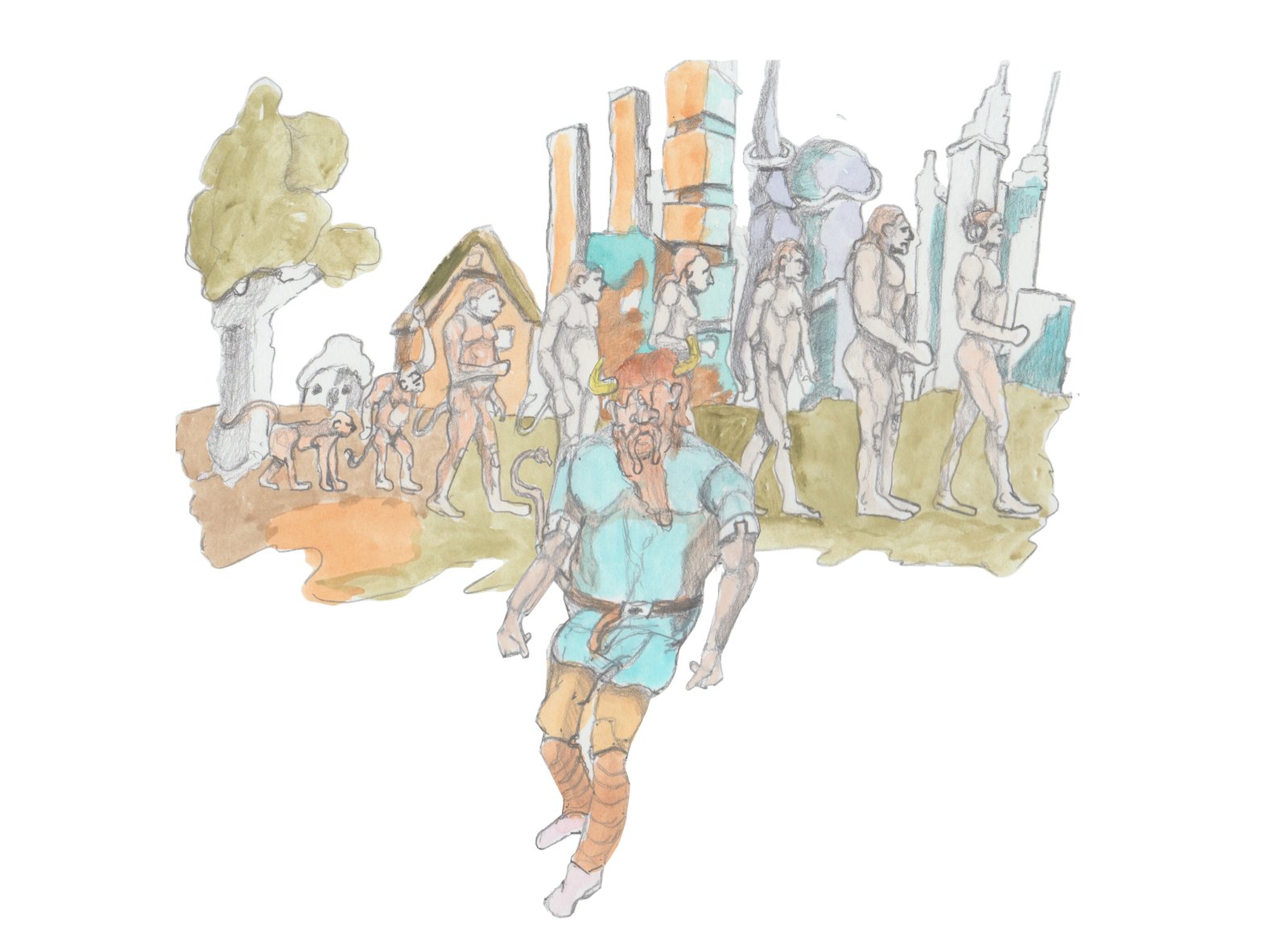
I tried to be intelligent. "Babylonians, Hittites, Assyrians, Akkadians, Egyptians, Greeks..."
"Yes, but they are only from your current civilization. Do you think humanoids developed like a teenager finishing his project the night before it was due when he had a semester to finish it? The last five thousand years are just a blink in time out of the four million years that man has stepped out of the trees—"
"Wait a second, where is the evidence?"
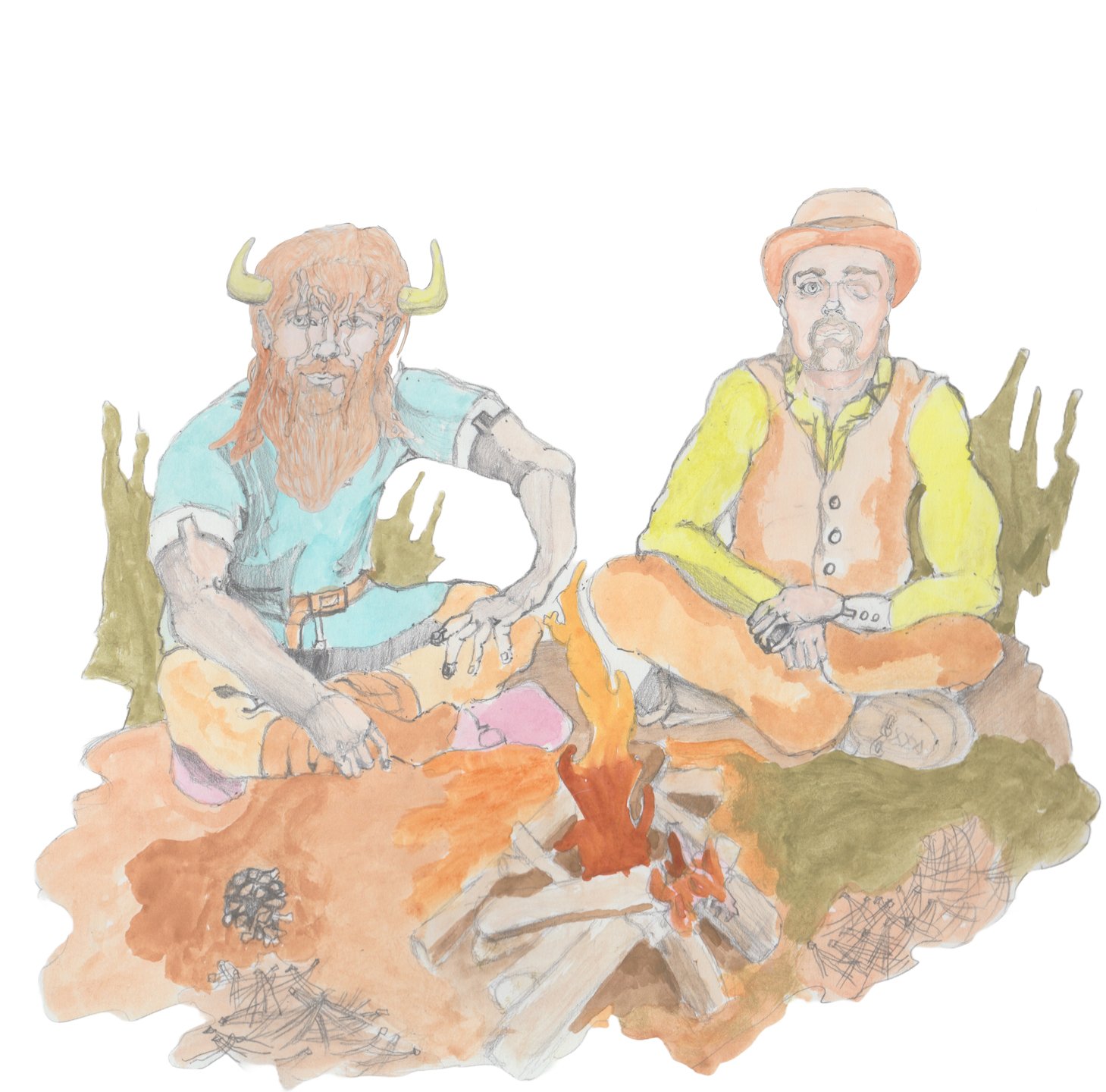
"We know man has been making rope longer than the oldest archeological find; things rot," Bjorn said, shrugging his shoulders. "When civilizations advance, they tend to make a lot of garbage and use up resources. In time, they try to use things they can repurpose after they lose their functionality or rot easily into the ground. None leave any traces over time."
"Yeah, but we find flints, arrows, and stone tools..."
"Don't you still use arrows and arrowheads that were invented by Welsh bowmen?" Bjorn asked, raising his pointer and middle finger at the same time as showing the back of his hand. "Boy, those guys loved drinking the French under the table... I digress again. Electricity. Besides quartz and silicone, those Neander guys rediscovered pressurized carbon dioxide diffusion."

"Hmmm?"
"The process where carbon dioxide is pressurized into liquid and through a one-way valve follows a pipe into another canister unpressurized where the carbon dioxide expands quickly, pushing up a piston to escape into another one-way valve, returning to the first canister where a piston in time with the previous piston that spins a turbine spinning a series of magnets over coiled copper wire creates electricity to power their civilization as a series of gears that turn a crankshaft controlling the second piston. The piston in this pressurized canister pushes the liquid carbon dioxide down, while the piston in the unpressurized canister pulls the gas carbon dioxide up to start the process again. Diffusion is the process by which something travels from a high-pressure system to a low-pressure system, as nature abhors vacuums. With each stroke of the crank, the force of the exchange of carbon dioxide increases in frequency and strength. Also, the cooling process that was created by the change in pressure of the carbon dioxide in the two canisters they used to heat and cool their buildings. Many of these earlier civilizations also made the same mistake of burning elements for fuel. To eliminate the excess carbon dioxide from the air, they captured it in these canisters to use as a safer, cleaner fuel. Originally, they had huge arrays of these canisters in the ocean. One would be fifty yards underwater, where it would be under seventy-five pounds of pressure, liquifying the carbon dioxide. The other canister was in a dome that equalized the pressure to that above sea level. Later, they discovered they could recreate this underground with seventy-five pounds of dirt above the first canister and having the second canister at the same level underground in an open chamber to the ground above. This was later replaced by having the first tank jacketed in another canister pressurized with normal air at 75 pounds. Free electricity. Though I like this Serbian chap up in New York City."
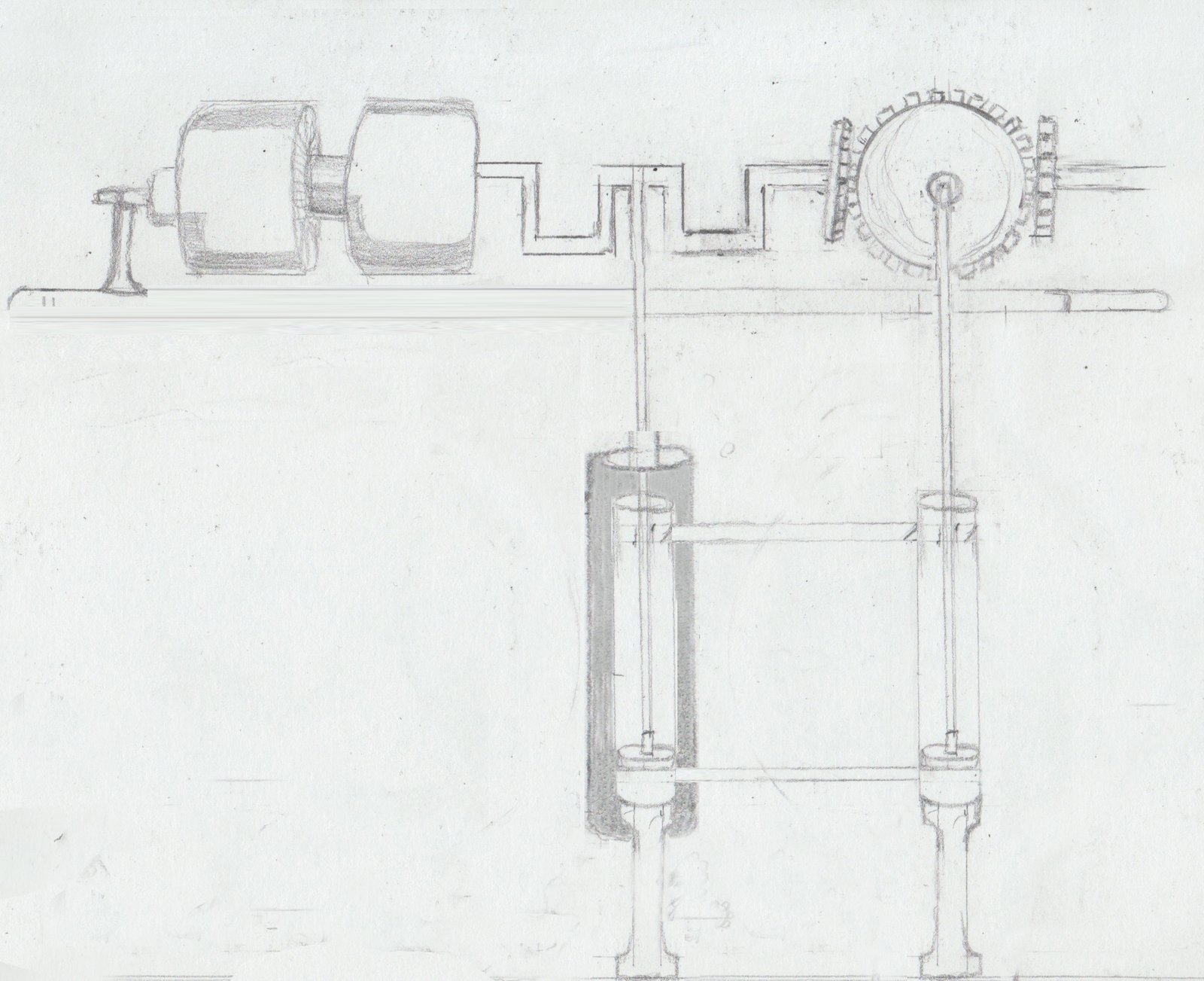
"What does this electricity do?"
"In your lifetime, you will find out," Bjorn told me, for good and bad.
"So dragons?"
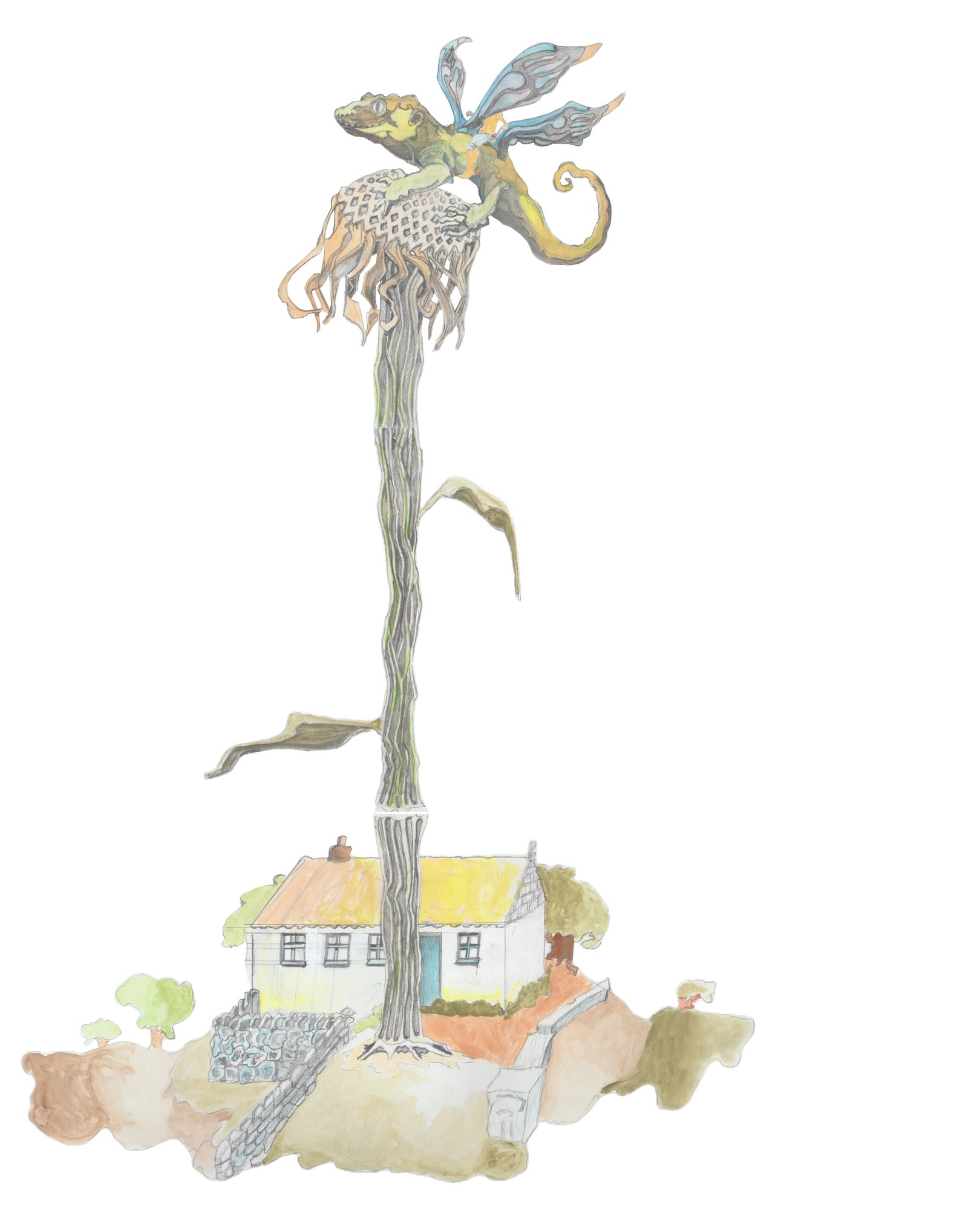
"Yep, they were larger than the skyscrapers then."
"Skyscrapers," My head felt like it was going to explode. Sometimes Bjorn let on that he would not be the best of teachers. He needs to learn to disperse information in digestible packets.

"There were times they would fly through the ferns in the sky and just flop on the skyscrapers below."
"Ferns taller than skyscrapers?'
"Yes, with twenty-foot dragonflies living on them, the dragons would eat."

"OK, I am not even going to ask—continue."
"Yes, lizards with moth-shaped wings in parallel, like their dinner."
"Dinner?"
"Dinner, the dragonflies. The placement of their wings was like a dragonfly's, but the design of each of them was more like a moth. Sometimes like a bird," Bjorn explained. "Though many of the original multiple-head snake-like ones still exist, more like my friend the Great Serpent, that bastard..."
"How many times did civilizations fall and rise again?"
"Oh, I don't know." Bjorn said, looking down at his feet. "How many times do you think this could happen in four million years?"
"Come on, we only have found very primitive tools that followed a slow time line of development," I went on to debate with my old friend. Foolishly, like always...
"You told me you went to summer camp when you were little, where you made a small bunny rabbit out of clay and left it behind in the cave you camped in?"
"Yes, a pretty crude one."
"If someone finds it a thousand years from now, should they believe it is an example of the highest art form of your civilization?"
"Hardly, I was young and it was not that good."
"Do you think you were the first kid in that camp that left their sculpture behind?"
"No, the camp director asked all of us to leave them behind. Who knows how many kids a year for how many years that camp has been collecting these?"
"Do you think if you were a master painter and you left an oil painting in the same cave, would it stand up to the dampness? Would it have a better chance of rotting than your clay bunny?" Bjorn continued, "Just in our backyard, how many towns have been lost to the woods just within these ten miles?"
"Plenty, and most of the cellar holes have been filled in already over the last 50 years."
"Imagine what four million years would cover up?" Said Bjorn as he pointed his finger at me and continued, "You Homo Sapiens Sapiens covered up what happened to the Neander chaps and the first group of you humans that bred with them. The first humans made the mistake of proposing to the Neanders to create you guys to work for both of them. You guys were Negros then."
"Hmmm—" I helped Dr. Still and his brother transport people from the south into the Pines for years; one just got elected a judge as many people in town were out deer hunting.
"One hell of a slave revolution!" Bjorn laughed. "They got rid of all traces of the prior civilizations. Oh, the genocide the Europeans launched on the Natives on this continent is like the ant hill you stepped on as a kid."
"Ouch!"
"Then add a flood. Just like now, the major cities were built on harbors. Water rises..."
"Like Atlantis," I said, laughing. I know now not to question him.

"Oh, there were hundreds of cities on all of the continents that are now about a mile off the coast all over the world. Then you got the Romans, the first aliens to colonize the planet. Their descendants in England have recently done the most damage to this world."
"Go on—"
"A breed of human-like aliens where their men could not grow their hair past their shoulders." Bjorn pointed at me again and continued while excitedly tapping his foot at an ever-increasing speed. He gets that way when he is on about something. "Ever wonder why they went on and on about barbarians and long-haired types? Your history's fiercest warriors all had long hair till them: Mongols, Huns, Vikings, Samurais... When they conquered a people, they had the men cut their hair so they could blend in more. In time, they died off and then would be reborn through reincarnation, in which they would push out a human soul before it could be placed inside a human womb. Their Roman descendants in England gained their foothold in the time of the roundheads who fought the long-haired royalty and their supporters."

It was about then that my head was spinning, and I started to drift off to sleep next to the fire as I heard Bjorn say, "I love keeping my audiences riveted..."
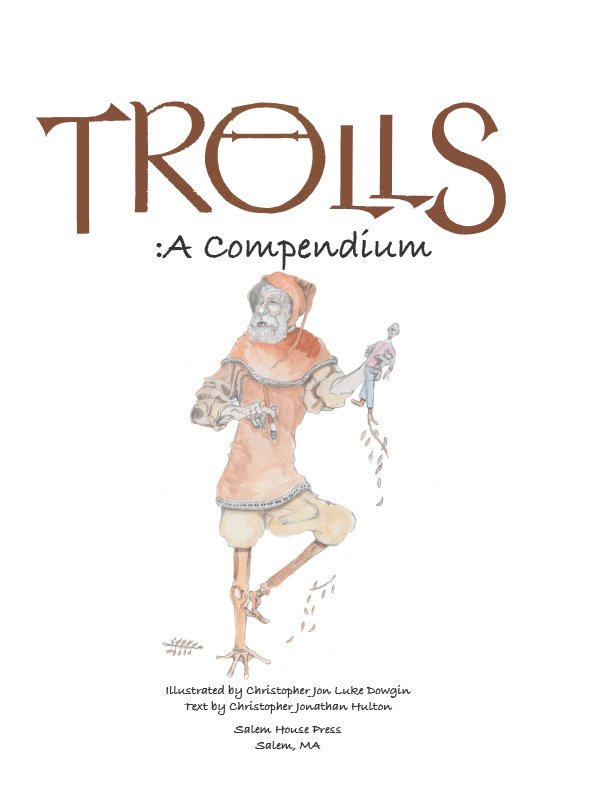
Fiction/ Illustrated Fantasy/ Mythology / Scandinavian Myth/ Norse Sagas / Scandinavian Folk Lore / Coffee Table Book
Paperback: $45 | Hardcover: $65 | PDF eBook $5
Buy now link...
Following the Harry N. Abrams, Inc. tradition of the series that created Brian Froud's and Alan Lee's Faeries and Gnomes by Wil Huygen and Rien Poortvliet, we present you with what would have been the next book in the series: Trolls: A Compendium. Trolls—do you think you know what they are? Could you be wrong?
Trolls within Scandinavian lore, myth, saga, fantasy, and folktales are actually anything magical within our northern neighbor's culture. Richly illustrated in this volume are the tales of faeries, dwarves, nissen, huldras, gods, Jotuns, draugar, ghosts, and more. Also, this book introduces our readers to the world of Trollheim, populated by Nattrolls that escaped the 17th-century Swedish colony within the New Jersey Pine Barrens. Narrated by Christopher Jonathan Hulton, who lives in the Thousand Acre Woods just after the Civil War, their tales are filled with Native American lore and tales of their neighbor, the Jersey Devil.
Preview: Google Books


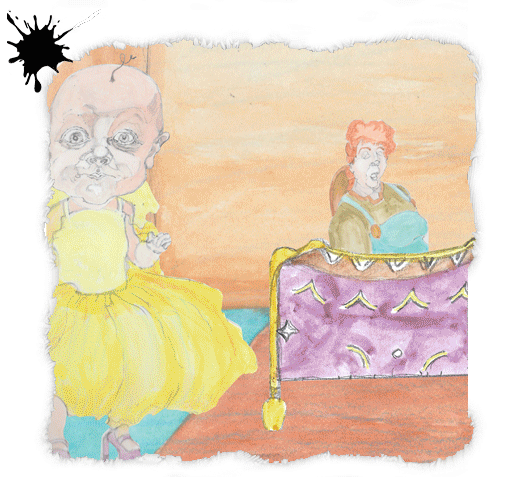
Hardcover: $65.00
PDF (non-flowable, best on tablet, desktop, or laptop) eBook: Download a copy onto your device today! Only $5.00